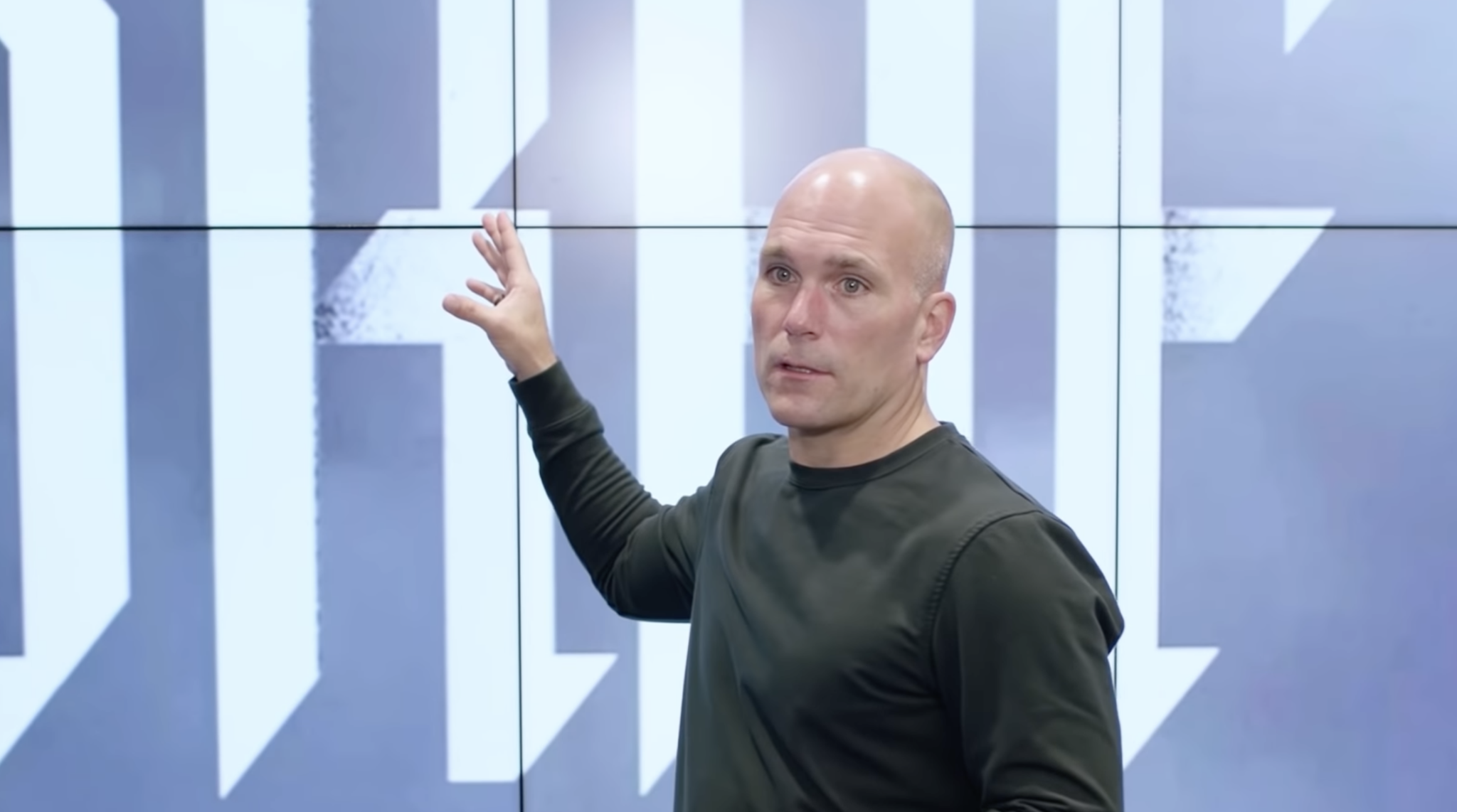Winding down to the start of the 20th season at Oriole Park at Camden Yards, I take a look back at the top 20 moments in the history of the ballpark. Selected moments had to relate directly to the action on the field at the time. No orchestrated events such as World Series anniversary celebrations or Orioles Hall of Fame inductions were eligible.
Previous selections:
20. Wieters’ debut
19. Nomo tosses only no-hitter in Oriole Park history
18. Orioles rally from nine-run deficit against Boston
17. 30-3
16. Showalter takes the helm
15. Palmeiro homers in Oriole debut
14. Griffey’s Warehouse shot
13. Sparring with Seattle
12. Eric Davis defies the odds – Sept. 15, 1997
It wouldn’t have mattered if Eric Davis never stepped foot on a baseball field again.
This was worlds more important than pennant races, home runs, or winning a game played by children.
But the sight of Davis trotting out to right field three months after being diagnosed with cancer and undergoing what was assumed to be season-ending surgery was a moment unlike any other in the history of Camden Yards. The man who had had a baseball-sized tumor removed from his colon in the middle of June was once again catching and throwing a baseball sooner than anyone — except, perhaps, Davis himself — thought he would.

Still undergoing chemotherapy once a week, Davis had recovered quickly enough to resume baseball activity and returned to the Orioles in mid-September, not only providing an extra boost to the lineup but inspiring the unnamed millions battling the disease with an example of perseverance and courage. To see a 35-year-old professional athlete in picturesque shape fighting the same disease that’s affected us all, either directly or via someone we know, was both terrifying and empowering.
Watching him essentially “beat” the disease by taking the the field and batting third in the first game of a doubleheader against the Cleveland Indians was an emotional reminder to appreciate what we too often take for granted. The Camden Yards faithful responded with standing ovations at several points, none more memorable than the bottom of the first when he stepped to the plate for his first at-bat since May 25. Both teams joined the 41,602 in applause as Davis took pause to acknowledge the outpouring of emotion before stepping in against Brian Anderson.
Davis would fly out in that first plate appearance and go hitless in three at-bats before being replaced by B.J. Surhoff in the sixth inning, but none of that mattered. The outfielder could have gone 0-for-the rest of the season and would have accomplished more than any of his teammates in that wire-to-wire division-winning season.
He, of course, wouldn’t go hitless after embracing a part-time role and dealing with the reality of poison being pumped through his body for two hours every week to fend off the cancer doctors were confident had been caught in time. A month later in Game 5 of the American League Championship Series, with the Orioles trailing Cleveland 3-1 in the best-of-seven series, Davis stepped to the plate as a pinch-hitter in the top of the ninth. Facing tough lefty Paul Assenmacher with the Orioles holding a narrow 2-0 lead, Davis launched a solo home run to left field for what amounted to the game-winning run, sending the series back to Baltimore for Game 6 after a 4-2 win.
His full recovery — in a baseball sense — was evident the next season when Davis hit a career-high .327, including a club-record 30-game hitting streak, with 28 home runs and 89 runs batted in. Through his illness and amazing recovery, Davis became much more than the good ballplayer he had been over the course of his 12-year career prior to coming to Baltimore.
He was a symbol of inspiration.
“This is real,” Davis told Sports Illustrated in the spring of 1998. “I like baseball, but I’ve known for a long time that baseball is a game. It is when baseball stops that life begins.”
And no one will forget that September afternoon in Davis’ life when baseball was able to begin again.































